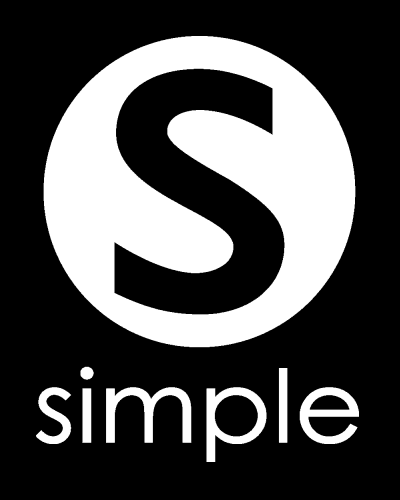Phrases Made Easy: “Cost Sharing Reductions”
Welcome back to another edition of “Phrases Made Easy.” This series at our blog aims to help make all of those long, drawn-out insurance phrases easier to understand. One thing we notice when talking about health insurance (and health benefits in general) is that the concepts can be “wordy” and boring. We emphasize fixing that here!
Today we’ve selected the phrase “Cost Sharing Reductions.” The primary reason we’ve selected this phrase, is because it can be a very important concept for certain people in the new Covered California state health insurance exchange. Like many other phrases in our “Phrases Made Easy” series, this one sounds difficult, but it’s really not that bad at all.
If you are shopping in the health insurance exchange, you may start to see the phrase Cost Sharing Reduction (or CSR). Here is what a Cost Sharing Reduction is:
Cost sharing reduction plans are offered through Covered California for consumers whose income is between 133% to 250% of the federal poverty level (FPL). These plans offer lower cost-sharing to reduce your clients’ out-of-pocket costs when accessing medical care. These plans are available only through Covered California.

Quite simply: Cost Sharing Reductions reduce your out-of-pocket expenses. If you purchase what is called an “Enhanced Silver Level Plan” through Covered California, and are eligible for Cost Sharing Reductions, you will get help with your co-payments, deductibles, and other out-of-pocket medical expenses.
————————————————————————————————————
Question: What is the criteria for Cost Sharing Reduction eligibility?
Answer: There are two criteria:
- You need to purchase an “Enhanced Silver Level Plan” on the Covered California state health insurance exchange.
- Your yearly income must be between 100% and 250% of FPL (or approximately $11,490 per year & $28,725 per year for individuals).
————————————————————————————————————
Here are the three tiers of Silver Level Plans that include Cost Sharing Reductions (or CSRs) in the new state health insurance exchange in California. A standard Silver Level Plan without Cost Sharing Reductions has 70% actuarial value:
- Enhanced Silver 94: 100% FPL to 150% FPL (94% enhanced actuarial value)
- Enhanced Silver 87: 150% FPL to 200% FPL (87% enhanced actuarial value)
- Enhanced Silver 73: 200% FPL to 250% FPL (73% enhanced actuarial value)
Essentially, these are additional benefits that help people who make less, reduce their out of pocket costs. If you have additional questions about “Cost Sharing Reductions” (or CSRs), and how they may apply to you, please contact Policy Advantage Insurance Services. We are “Covered California Certified” and can help you with your questions when navigating the exchange.
Thanks for stopping by, we hope you found our information to be valuable. Check back at our blog to get further information about funding healthcare. Also, please share with your friends, clients, colleagues, and family. Here are a few of our other information outlets:
Home Page: https://policyadvantage.com
Twitter: http://www.twitter.com/PolicyAdvantage
Facebook: http://www.facebook.com/PolicyAdvantage
YouTube: http://www.youtube.com/PolicyAdvantage
Pinterest: http://www.pinterest.com/PolicyAdvantage
Word Press: http://www.policyadvantage.wordpress.com

